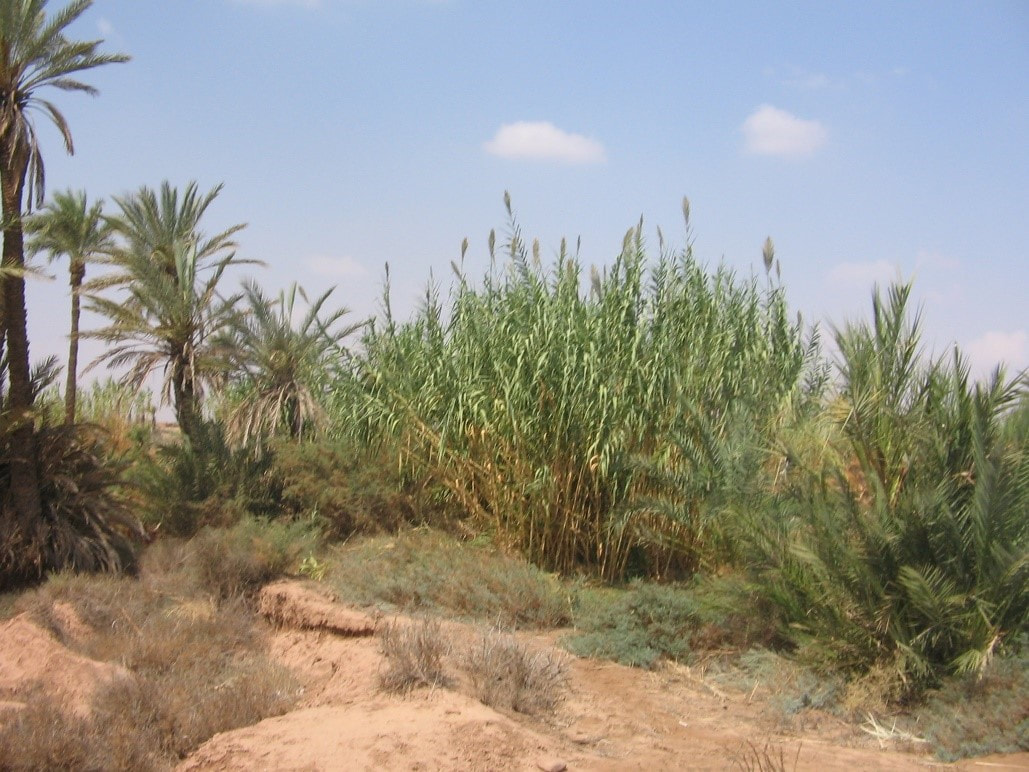All of our publications are now available in both printed and PDF formats. The latter are priced from £2.99 and make both a cost-effective and convenient and easy format to take on holiday to for example.
We have just returned from our latest field trip to Limousin, where we have been advancing our research into the asteroid impact which took place there a little over 200 million years ago. Our blog this month provides an overview of this devastating impact and introduces our guide to visiting residual evidence of the event.
Nos publications sont maintenant disponibles sous forme imprimée et sous format pdf. Le prix de ce dernier est £2.99 et c'est très pratique si vous voulez l'emporter en vacances par exemple.
Nous venons de rentrer de notre visite en Limousin où nous avons continué nos recherches sur l'impact de l'astéroïde, un événement qui a eu lieu il y a plus de 200 millions d'années. Ce mois notre blog présente un aperçu de cet impact dévastateur et va montrer les meilleurs endroits à visiter pour voir les preuves de cet événemen
Asteroid impacts are one of the most devastating natural events that occur on Earth. Many people will have heard or read about the impact which presaged the death of the dinosaurs. This impact, which was most likely a comet rather than an asteroid, happened 66 million years ago, at the end of the Cretaceous geological period, and struck the Earth just off the coast of Mexico. It coincided with a mass extinction of life on Earth, and more than 75% of species became extinct during this period.
The Cretaceous – Paleogene mass extinction however is not the only one to have occurred during Earth’s history. The most devastating mass extinction took place at the end of the Permian period (252 million years ago) when up to 95% of all species became extinct. Altogether, at least 5 mass extinctions (where >70% of species were lost) have occurred. One such event was during the Rhaetian age, at the Triassic – Jurassic boundary 201 million years. This extinction event coincided with a large asteroid impact in the Limousin region of France.
‘France’ however was not at the time what we would recognise as France today. The landmass of the Earth was very different and the region we now know as France, and indeed all of Europe, was part of the super-continent of Pangea. The climate of the time was much hotter and drier; France had no ocean boundary and was most likely similar to inland regions of today’s Morocco.
All life within a 500km radius of the impact point would have been eradicated immediately by the shock waves and heat generated by the event. The dust expelled into the atmosphere would have led to significant obscuration of sunlight, and this would have led to the consequential failure of ocean phytoplankton and plant-life photosynthesis. Wider global effects would have been climate changes and global cooling. Life on Earth would have had to contend with food supply disruption (shortage) and environmental and climate changes. Only some species would have been able to adapt quickly enough to survive.
The Limousin impact, although very effectively wiping out all of France, would not on its own be large enough to cause global catastrophe. However, the impact coincided with the break-up of the continent of Pangea and the start of the formation of the Atlantic Ocean by plate-tectonic motions and the separation of the American and European continents. The (now mid-ocean) Atlantic ridge began to form and massive volcanic activity would have resulted. This volcanism would have expelled huge quantities of dust and gas (including greenhouse gases) into the atmosphere, and acidified the Oceans by ‘sub-marine injection’ of sulphur. The Limousin impact and the plate tectonic events together would have initiate the collapse of species, which would have occurred within a few thousand years.
In the short booklet presenting our researches, we review what is known about the Earth’s mass extinctions; we look in detail at what France was like in the Rhaetian; what flora and fauna were present; the Rhaetian atmosphere; the geological evidence for the impact; and the nature of the object which hit the region.
Fortunately, significant impact events are very rare. For those interested in looking more into asteroids, and current programmes into evaluating and mitigating asteroid strikes, we recommend our book on ‘The Asteroids of the Solar system’.
Further reading
More details on this topic at an easy to read introductory level
The Limousin impact of the Triassic Rhaetian age
Neil Taylor. Observatoire Solaire
An introduction to the Asteroids; their discovery, orbits, nature and the threat they pose human-kind.
The Asteroids of the Solar system
Neil Taylor. Observatoire Solaire
Next month…
We will take a brief look at the Meudon observatory in France. Founded in 1876 by Jules Pierre Janssen, Meudon is one of the foremost research institutions for solar physics. At 12 km south west of Paris, and set within formal landscaped gardens, it is in easy reach of central Paris as the town of Meudon is served by an RER train line.
Our next blog will be issued on the morning of the 26th August.




